PROGRESSIVE ROCK AS ART ROCK (PART 2)
Text: ALLAN MOORE and REMY MARTIN
Adaptation: JORGE LUCIO DE CAMPOS
In the vast tapestry of musical genres, Prog Rock and Art Rock emerge as two intricately woven threads, sharing a symbiotic relationship that has significantly influenced the course of modern music. Although distinct in their characteristics and approaches, these genres have often intersected, inspiring and enriching each other throughout their evolution. This article delves into the fascinating relationship between Prog Rock and Art Rock, shedding light on how they have shaped each other and the wider musical landscape.
Progressive Rock, affectionately known as Prog Rock, emerged in the late 1960s as a musical response to the prevailing norms of the time. Prog Rock bands, like Genesis, Yes, and King Crimson, aimed to push the boundaries of conventional rock music. They sought complexity, both in terms of composition and performance. Prog Rock introduced elements of classical music, jazz, and folk, creating a rich and intricate sonic tapestry.
The thematic essence of Prog Rock often revolved around elaborate storytelling and the exploration of abstract concepts. Albums like Pink Floyd's The dark side of the moon and Genesis's Selling England by the pound showcased narratives that demanded active listener engagement, while intricate instrumentals, such as Yes's Close to the Edge" led to transcendent musical experiences.
Art Rock, on the other hand, was born from a desire to elevate rock music into a more avant-garde and artistic realm. Pioneered by bands like The Velvet Underground and David Bowie, Art Rock placed a strong emphasis on the visual and theatrical aspects of music. It explored themes of surrealism, introspection, and societal critique, often accompanied by visually striking performances and album artwork.
The thematic resonance of Art Rock was deeply rooted in the fusion of music and visual art, creating immersive experiences for the audience. David Bowie's alter ego Ziggy Stardust and Pink Floyd's elaborate stage shows are prime examples of how these artists blurred the lines between music and art.
The connection between Prog Rock and Art Rock is undeniable. Both genres shared an eagerness to experiment with unconventional song structures and thematic depth. Prog Rock's penchant for intricate compositions found a perfect ally in Art Rock's desire to break free from convention. Bands like Genesis and Yes were at the forefront of this fusion, producing albums that married complex musical arrangements with artful storytelling.
The mutual influence between Prog Rock and Art Rock extends beyond their contemporaneous existence. Their creative exchange left a lasting legacy on the music industry. Progressive elements can be observed in subsequent Art Rock artists like Peter Gabriel, who fronted Genesis before pursuing a successful solo career. Similarly, the artistic aesthetics of Art Rock seeped into Prog Rock, with bands like Pink Floyd continuously pushing the visual and conceptual boundaries of their live shows and album covers.
-
 24:04
24:04
ROCK PROGRESSIVO E EXPERIÊNCIA ESTÉTICA
1 year agoPROGRESSIVE ROCK AS ART ROCK
-
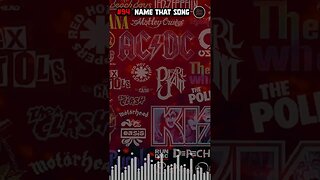 0:44
0:44
UltraLyrics
8 months agoNAME THAT SONG NO. 94 🎤🎶🎸🥁 #rock #guitar #music
156 -
 6:42
6:42
Bob Dylan's Stealing of James Damiano's Songs
1 year agoThe Most Prime force in Rock and Roll Part 2
23 -
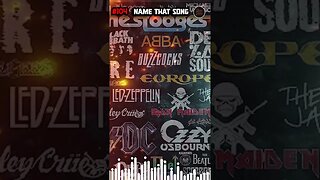 0:27
0:27
UltraLyrics
8 months agoNAME THAT SONG NO. 104 🎤🎶🎸🥁 #rock #guitar #music #namethatsong #metal
92 -
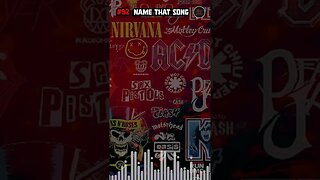 0:32
0:32
UltraLyrics
9 months agoNAME THAT SONG NO. 92 🎤🎶🎸🥁 #rock #guitar #music #heavymetalguitar #metal
207 -
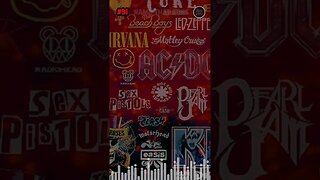 0:39
0:39
UltraLyrics
9 months agoNAME THAT SONG NO. 91 🎤🎶🎸🥁 #rock #metalmusician #rocknroll
134 -
 0:32
0:32
UltraLyrics
8 months agoNAME THAT SONG NO. 93 🎤🎶🎸🥁 #rock #guitar #music #heavymetalguitar #metal
242 -
 3:16
3:16
Radiosonde
3 years ago $0.01 earnedAlternative Rock - Boulevard of Broken Dreams (Green Day) cover by Just Me on Piano and Vocal
60 -
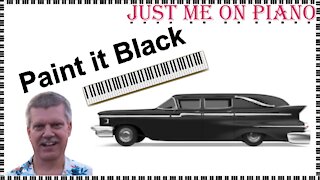 3:07
3:07
Radiosonde
2 years agoDark Rock song - Paint it Black (The Rolling Stones) cover by Just Me on Piano / Vocal
86 -
 0:32
0:32
UltraLyrics
8 months agoNAME THAT SONG NO. 105 🎤🎶🎸🥁 #rock #guitar #music #namethatsong #metal
851